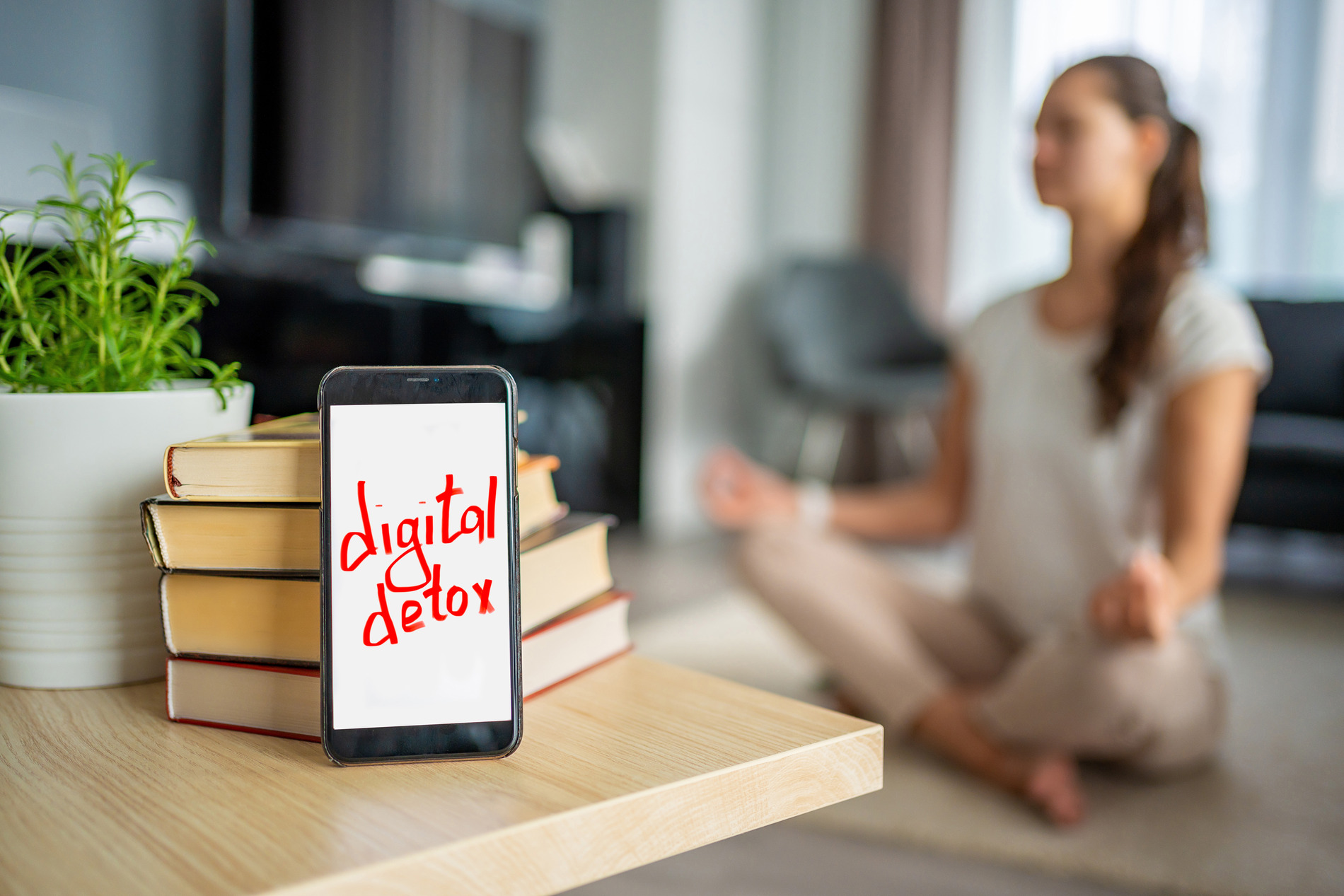
Science-Backed Guide to Resetting Your Mind in a Hyperconnected World
We normally spend 10–12 hours a day on screens through remote work, news alerts, and social scrolling spirals. As a result, burnout, disrupted sleep, mental fatigue, and lack of focus have become alarmingly common.
A digital detox is not just a buzzword—it’s a necessary reboot for your brain.
This isn’t about quitting tech forever. It’s about reclaiming your time, your focus, and your emotional well-being—without feeling bored, isolated, or out of the loop.
Let’s explore why a digital detox matters and how you can do it without losing your mind.
Why a Digital Detox Is More Important Than Ever
Here’s what the research says:
- Attention spans have dropped by 25% in just the last decade.
- Digital fatigue is now linked to chronic stress by mental health experts.
- Excess screen time disrupts circadian rhythms, harming sleep and hormone balance.
Increased anxiety, depression, and loneliness are also heavily associated with overuse of digital devices. Your mind needs a break—regularly.
How to Detox Digitally—Without Panic
Start small. Stay consistent. Adapt the process to fit your lifestyle.
1. Audit Your Screen Time (Without Judgment)
Know where your time goes:
Use built-in tools:
- iPhone: Screen Time
- Android: Digital Wellbeing
- Desktop: ResumeTime, Toggl Track, StayFocused (browser extension)
Ask yourself:
- Which apps waste your time with little return?
- What activities leave you anxious rather than energized?
2. Set Clear Detox Goals
Skip vague goals like “less screen time.” Be specific:
- No phone before 9 AM or after 8 PM
- 1-hour focused work blocks without notifications
- One social media-free weekend a month
- Daily outdoor walk—no device
Pro Tip: Think of your detox like interval training—short intentional breaks can make a big difference.
3. Fill the Digital Void with Real Joy
Don’t just remove screens—replace them with analog activities:
- Read physical books or magazines
- Write in a journal or sketch
- Cook a no-recipe dinner
- Join a yoga class or outdoor workout
- Do something creative: garden, DIY, or organize
4. Use Technology with Purpose
You don’t need to ditch tech—just use it intentionally:
- Turn off unnecessary notifications
- Move addictive apps off your home screen
- Switch your phone to grayscale
- Replace doomscrolling with a podcast or email newsletter
5. Try a Digital Sabbath—One Screen-Free Day
Set aside one full day a week with no screens. Sunday is perfect. No email, no YouTube, no social media—just peace and presence.
- Sharper focus
- More meaningful conversations
- Less need for digital escape
Can’t Go Fully Offline? Set Boundaries
It’s okay! Parents, freelancers, and on-call professionals need flexibility.
Try this instead:
- Use airplane mode during deep work
- Enable “Do Not Disturb” during meals or chats
- Use just one screen at a time (e.g., no phone while eating)
Even cutting screen time by 10% can improve your mood, attention, and energy.
After the Detox: What Lasts?
Many people notice these changes after just 1–2 weeks:
- Improved sleep
- Deeper focus and lower anxiety
- Happier relationships
- Rediscovered hobbies and passions
Final Takeaway
A digital detox in 2025 doesn’t mean quitting tech—it means using it consciously. You’re not failing if you check your phone. You’re human.
But even brief moments of quiet, screen-free time can unlock clarity, calm, and presence. Start small. Be kind to yourself. A better, more present version of you is just a few mindful moments away.




